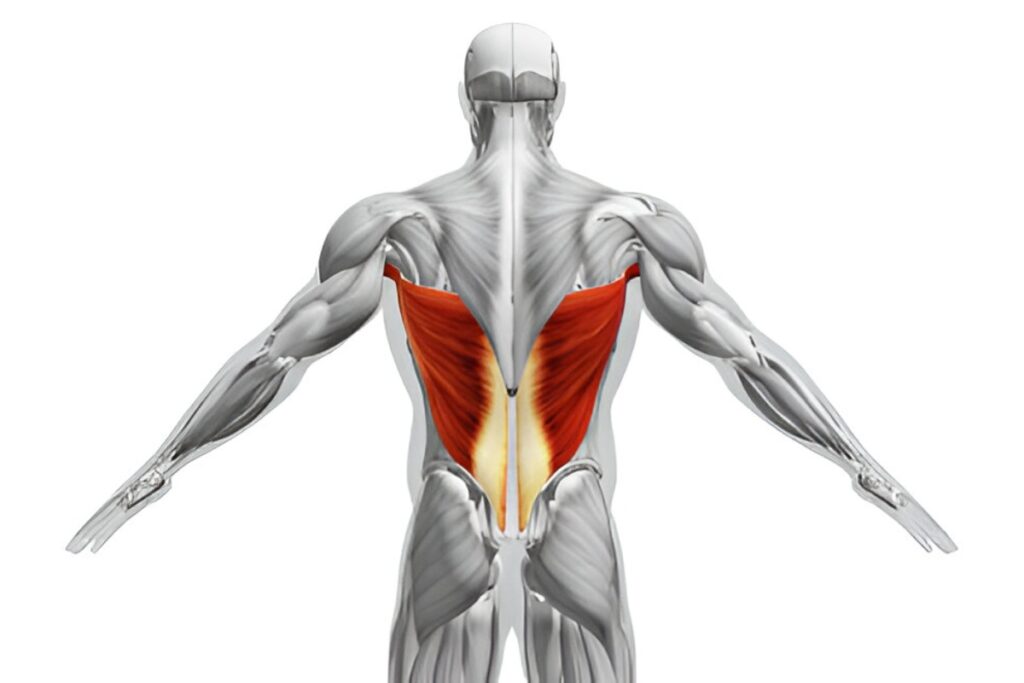Rear Delt Exercises: Strengthen Your Shoulders for a Balanced Physique

Rear delt exercises—Hey there, fitness enthusiasts! Let’s discuss an often-neglected part of your shoulders: the rear delts.
These bad boys are crucial for a well-rounded shoulder workout and upper body strength.
So, let’s dive into some killer rear delt exercises that’ll take your shoulder game to the next level.
Why Focus on Rear Delt Exercises?
Before we jump into the exercises, let’s break down why rear delts matter:
- Improved posture: Strong rear delts help pull your shoulders back, countering the forward hunch from too much desk time.
- Balanced shoulder development: Don’t let your front delts steal the show – rear delts complete the package.
- Injury prevention: Strengthening rear delts can help prevent shoulder injuries and rotator cuff issues.
- Better performance: Strong rear delts improve your performance in exercises like bench presses and rows.
Top Rear Delt Exercises to Add to Your Routine

-
Face Pulls
Face pulls are a game-changer for rear delt development.
Here’s how to do them:
- Set a cable machine to chest height
- Keeping your elbows up, draw the rope toward your face.
- After the exercise, squeeze your rear delts.
- Grasp the rope attachment with both hands.
- Slowly return to the starting position
Pro tip: Focus on pulling with your elbows, not your hands, to target those rear delts.
-
Reverse Flyes
Reverse flies are a classic for a reason – they’re super effective.
Let’s break it down:
- Grab a pair of light dumbbells
- Keep your back straight while bending at the hips.
- Let the dumbbells hang toward the floor
- Squeeze your shoulder blades while extending your arms out to the sides.
- Lower slowly back to the starting position
Remember: Keep a slight bend in your elbows to avoid straining your joints.
-
Bent-Over Lateral Raises
This exercise is similar to reverse flies but with a slightly different angle.
Here’s the lowdown:
- Hold a dumbbell in each hand.
- Hinge forward at the hips and slightly bend your knees.
- Let the weights hang down, palms facing each other
- Raise the dumbbells out to the sides until they’re in line with your shoulders
- Lower slowly and repeat
Key point: Keep your core engaged to maintain a stable position throughout the movement.
-
Seated Rear Delt Rows
It’s time to take a seat for this next exercise.
Follow these steps:
- Sit on the edge of a bench with dumbbells in hand
- Lean forward, keeping your back straight
- Let the weights hang toward the floor
- Pull the dumbbells up and out to the side.
- When the movement reaches its peak, squeeze your back delts.
- Lower slowly and repeat.
Keep your upper arms perpendicular to your torso for optimal rear delt activation.
-
Band Pull-Aparts
No equipment? No problem. Band pull parts are an excellent option for rear delt work.
Here’s how:
- Hold a resistance band with both hands at shoulder width
- Hold your arms shoulder-high in front of you.
- Pull the band apart, squeezing your shoulder blades together
- Slowly return to the starting position
Bonus: This exercise is excellent for improving posture and can be done anywhere.
Incorporating Rear Delt Exercises into Your Routine

Now that you’ve got a solid arsenal of rear delt exercises, let’s talk about how to use them:
- Frequency: Aim to hit your rear delts 2-3 times per week
- Sets and reps: For each exercise, begin with three sets of ten to fifteen repetitions.
- Weight: Choose a weight that’s challenging but allows you to maintain proper form
- Progression: Gradually increase weight or reps as you get stronger
- Superset potential: Pair rear delt exercises with chest or front delt movements for a time-efficient workout
Common Mistakes to Avoid
Watch out for these pitfalls when working your rear delts:
- Using too much weight and compromising form
- Neglecting a full range of motion
- Relying solely on machines and ignoring free weights
- Forgetting to warm up properly
- Overtraining – remember, rear delts are smaller muscles
Nutrition for Shoulder Development
Don’t forget nutrition plays a crucial role in muscle development.
Here are some quick tips:
- Consume enough protein to promote muscle building (1.6–2.2g per kg of body weight)
- Don’t cut back on carbohydrates because they’re necessary for energy during exercise.
- Drink enough water to aid with muscle growth and repair.
- Consider supplements like creatine or protein powder if needed (but whole foods come first)
FAQs About Rear Delt Exercises
Q: How often should I train my rear delts?
A: Aim for 2-3 times per week, either as part of a shoulder workout or on their own.
Q: Can I train rear delts on the same day as back exercises?
A: Yes, but be mindful of fatigue. If they’re a priority, you might want to do rear delt exercises first.
Q: Are rear delt exercises necessary if I have already done many pulling movements?
A: While pulling exercises work the rear delts, targeted exercises can help ensure balanced development.
Q: I feel my traps taking over during rear delt exercises. What should I do?
A: Focus on keeping your shoulders down and away from your ears. Lowering the weight might also help.
Q: Can bodyweight exercises target the rear delts effectively?
A: Yes! Exercises like inverted rows with a wide grip can be great for rear delts.
Remember, building rear solid delts takes time and consistency.
Keep at it, focus on proper form, and you’ll see improvements in your overall shoulder development and upper body strength.
Now get out there and give those rear delts the attention they deserve!
Happy lifting, folks!
